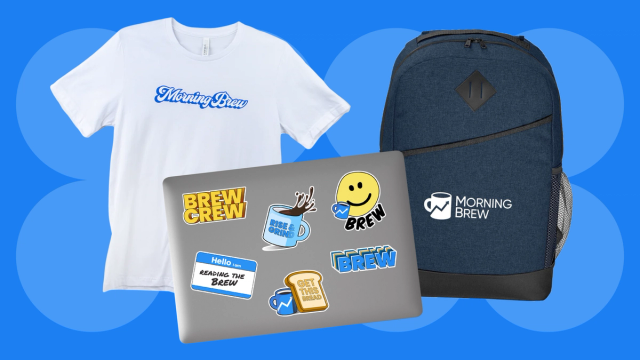Contestants on reality shows like Love Island and The Bachelor are supposed to be there to find love, so when drama emerges, they’re often asking: Is this person here for the right reasons? The better question might be: Have the right reasons evolved? For many reality show contestants, the biggest benefit of appearing on unscripted television isn’t to walk away a winner, but rather to use their raised profiles as a launchpad for their personal brand, according to Tamika Rose, director of campaign management at talent agency Kensington Grey. “I don’t know if everyone will find love on a [reality show], so there has to be some form of understanding that you will have additional benefits of being on a show like this,” Rose told us. “Approaching it that way is normal at this point. I think people should capitalize on the opportunity that they’re getting.” And capitalize they are. Hannah Brown, who first competed on Season 23 of The Bachelor, is the most followed former contestant from the Bachelor franchise, reaching 2.7 million people on Instagram; an AT&T Savings report from 2020, after Brown starred in her own season of The Bachelorette, estimated that she averaged between $5,260 and $8,767 per sponsored Instagram post. Meanwhile, Love Island USA’s Leah Kateb boasts 4.6 million Instagram followers; according to an estimate from creator platform Hafi.pro, she brings in more than $100,000 a month from sponsored social content. Rose, who has worked with former Love Island contestants like Season 1’s Aïssata Diallo and Season 2’s Justine Joy Ndiba, has helped create social media careers lasting beyond the immediate hype wave of a season and connected brands to creators for years after the bombshell leaves the villa. While she said that crafting a resonant personal narrative is key, there’s a lot more to it, she told us. Here’s how she gets it done. Continue reading here.—JN | 









